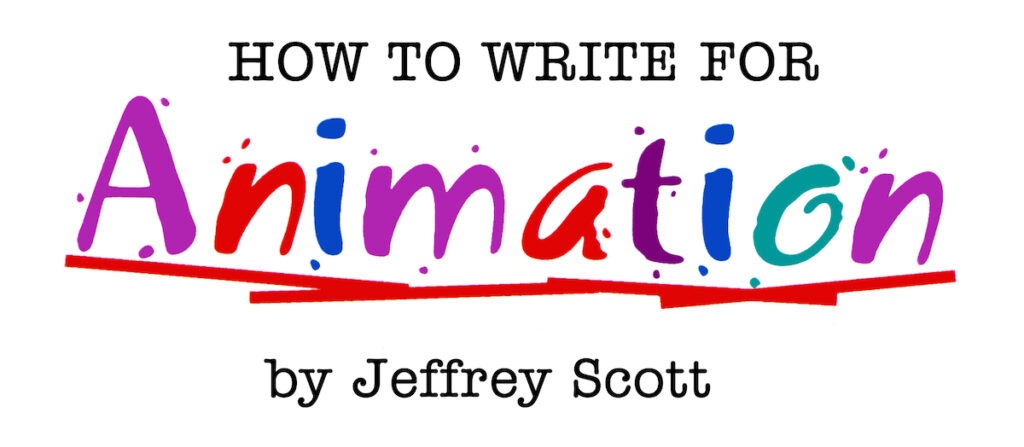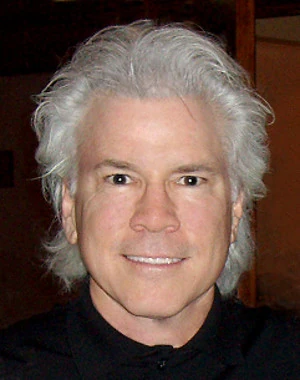The final part of the development process is the pilot script. A pilot has one of two purposes: it’s either the first episode for a series that is going into production, or it’s a sample script for the series you are trying to sell.
If you are writing a pilot on assignment the studio or network will often pick one of the premises in the bible for the pilot episode. If you have written a spec bible it’s helpful to write a pilot script as well. The more creative elements you can show the buyer the better chance you’ll sell your series.
A pilot is usually written like an ordinary episode. However, there are a few things to keep in mind when writing a pilot. First, try to establish as much of the format and characters as you can in the pilot episode. Don’t focus too narrowly on one character or aspect of the show. This can be done in a later episode once the audience knows the show.
By the way, not all pilots run as the first episode of a series. Sometimes they’re held back and aired later. So, unless your series has a serialised format don’t write your pilot from the viewpoint of it being the first episode aired.
If you are trying to sell a series your pilot script is more important than your bible. Why? Because even though the bible is the foundation of the series, and even if it reads like gangbusters, it’s the pilot that determines whether or not the concept will ultimately translate into a good series.
When you write a pilot, don’t be surprised if your format needs some adjusting. When you begin to bring all of the elements of a series together in a pilot it’s not unusual to discover that some dynamics of the show don’t work that well. Don’t be afraid to drop what doesn’t work and add what’s needed. Sticking to the bible because it’s the bible is a good way to not sell your show. Go back and adjust your bible. On the Dragon Tales series I co-developed for PBS and Sesame Workshop, the format was still being revised after a dozen scripts had been written. Thus, another purpose of a pilot is to further develop the series, get the bugs out, and make sure it can translate into good stories, character relationships, action, and/or comedy.
©Jeffrey Scott, All Rights Reserved
(Jeffrey Scott has written over 700 animated and live-action TV and film scripts for Sony, Warner Bros., Disney, Marvel, Universal, Paramount, Columbia, Big Animation, Hanna-Barbera and others. His writing has been honoured with three Emmys and the Humanitas Prize. He is author of the acclaimed book, How to Write for Animation. To work with Jeffrey visit his website at www.JeffreyScott.tv.)
Read other articles from this series:
#1 The difference between live-action and animation writing
#3 It all begins with a premise
#4 The secret to developing your story
#5 Finding the scenes that MUST be there
#7 How to easily transform your outline into script
#8 A brief introduction to script writing
#9 How long should your scenes be?
#10 How to (and NOT to) edit your writing
#13 The importance of communication
#17 Assuming the point of view of your audience
#23 The screenwriter’s bookshelf
#25 Creating an animated series
#27 Developing your series concept
#28 Real vs. Cartoonish characters
#29 Making your series more sellable
#30 The basic elements of an animated series
#31 The four vital elements of an animated series bible



